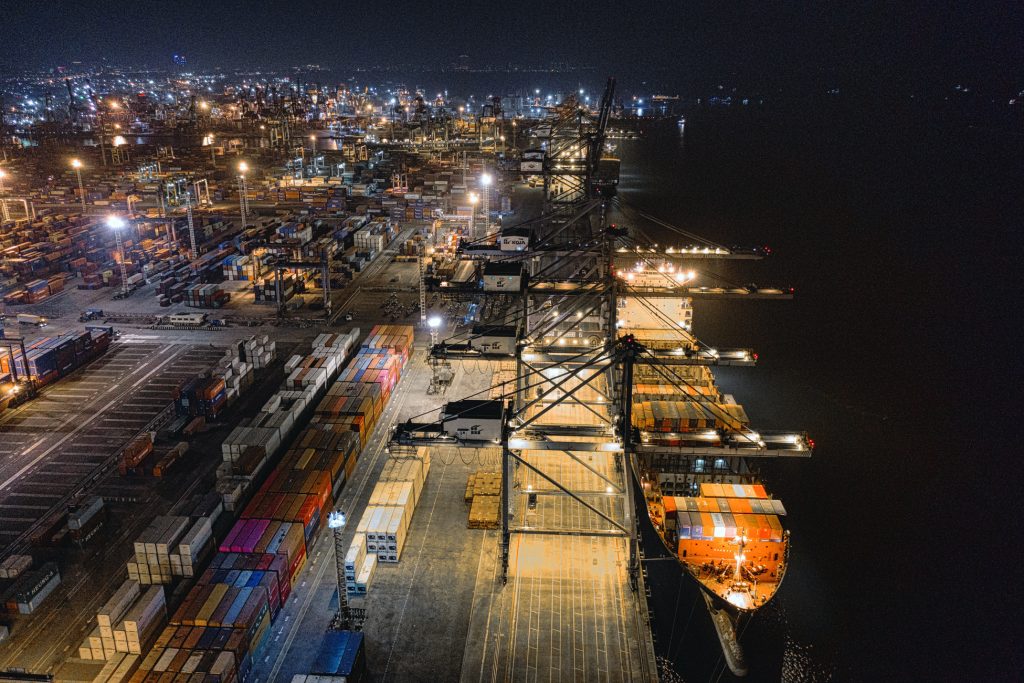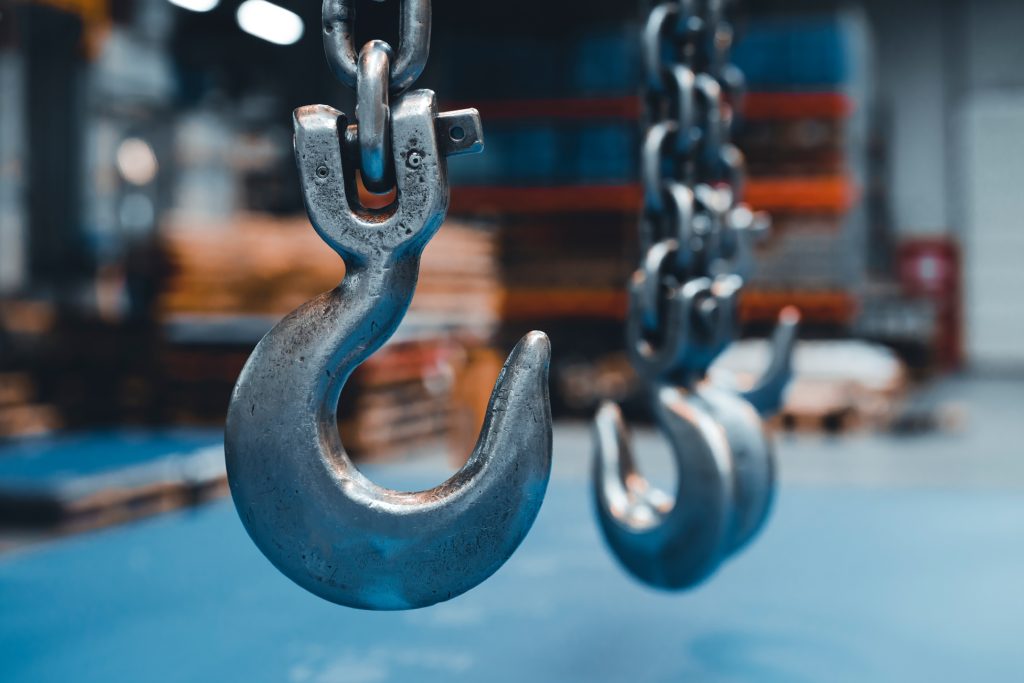On the Interaction Between Cranes and Operators:
Major Hazards and How to Avoid Them
With this article, we aim to conclude the series dedicated to the main hazards that can arise when operating machinery and various lifting equipment. While the first two articles explored material falls and excessive loads, in the following lines, we want to evaluate together the impact that poor maintenance and insufficient inspection can have on the safety of overhead crane operators and other types of cranes.
Through frequent use in various operations for which it was designed, technical equipment sustains damage that can affect its performance over time. This deterioration can take the form of worn cables, destroyed electrical wires, or even the appearance of defects that affect the structural components of the machinery. Because these systems play an essential role in lifting and transporting heavy materials, ensuring that all are in proper working condition is essential to prevent accidents and injuries to operators and employees. This is achieved by implementing a program of periodic inspections and maintenance.

Types of Checks and Inspections
Periodic checks and inspections can be of several types, as follows:
- Initial Verification performed by specialized personnel when the machinery is put into service; this is an initial inspection for all new and modified cranes.
- Periodic Operational Checks performed by each operator before starting a new work cycle with the overhead crane or lifting equipment. If these checks are very frequent and well-done, the possibility of timely discovering major problems or defects increases significantly. This allows them to be resolved quickly, at lower costs, without creating dangerous situations for operators and employees.
- Periodic Inspections. These checks are performed by authorized technicians. The frequency of these inspections varies depending on the type, size, crane capacity, and operating conditions. Typically, these inspections consist of detailed visual checks, as well as operational checks covering every structural part of the crane.
Inspections must be carried out by qualified personnel, individuals who have accumulated many years of experience in the inspection, maintenance, repair, and testing of cranes and lifting equipment. Additionally, knowledge of safety and design standards is required, along with an understanding of appropriate reporting and documentation processes for creating documentation regarding safety measures to be observed, as well as methods for training personnel in a code of safe operating practices.
Within our company, LIFSOR Maşini de Ridicare SRL, there are teams of technicians who have accumulated interventions on over 10,000 overhead cranes and who can provide periodic or corrective maintenance services (which may include planned repairs, pre-authorized repairs, and on-demand repairs). In recent years, new technologies have allowed for the installation of safety systems that remotely monitor and constantly control operating parameters to identify hazards or malfunctions early that risk endangering the load and the operator. But even these control and lockout devices, in case of danger, also require periodic checks, which must be performed by qualified personnel, so that they can continue to function correctly, ensuring the safety of those who work with such lifting systems.

Our company provides these types of checks, as well as a training regimen that includes knowledge of the principles of load handling and lifting capacities for each type of machinery in different operating modes and conditions. To maintain the highest safety standards, our equipment can be monitored and controlled via HoistSense, an advanced electronic system that constantly tracks usage, loading, and critical incidents. This system ensures increased operational efficiency, continuous overload protection by measuring the load gauge and displaying real-time loads. One of the most important functions of this system is that it allows for optimal operation over time, as it enables the collection of monthly data on incidents and can warn, through notifications and alarms, about approaching preventive maintenance periods, thereby making the work of operators and owners of such equipment much easier.
If problems are identified during periodic checks, various types of interventions can be initiated with the client, such as maintenance repairs. These are scheduled based on inspection and maintenance reports and are coordinated and programmed according to our clients’ production schedules. Our specialists are prepared to perform a wide range of small repairs that may include repairing, adjusting, and replacing any component or part of the equipment. Typically, these repairs are performed during inspection visits or preventive maintenance. It should also be mentioned that these checks are greatly aided by remote monitoring technology, where available, and these periodic inspections can be done together with the preventive maintenance of overhead cranes, which increases safety and improves the productivity of our clients’ equipment.
Additionally, the LIFSOR technical team performs on-demand or emergency repairs throughout Romania, including for other brands. Through our Rapid 48 service, our technical teams can intervene anywhere in the country within a maximum of 48 hours of a client’s assistance request.


